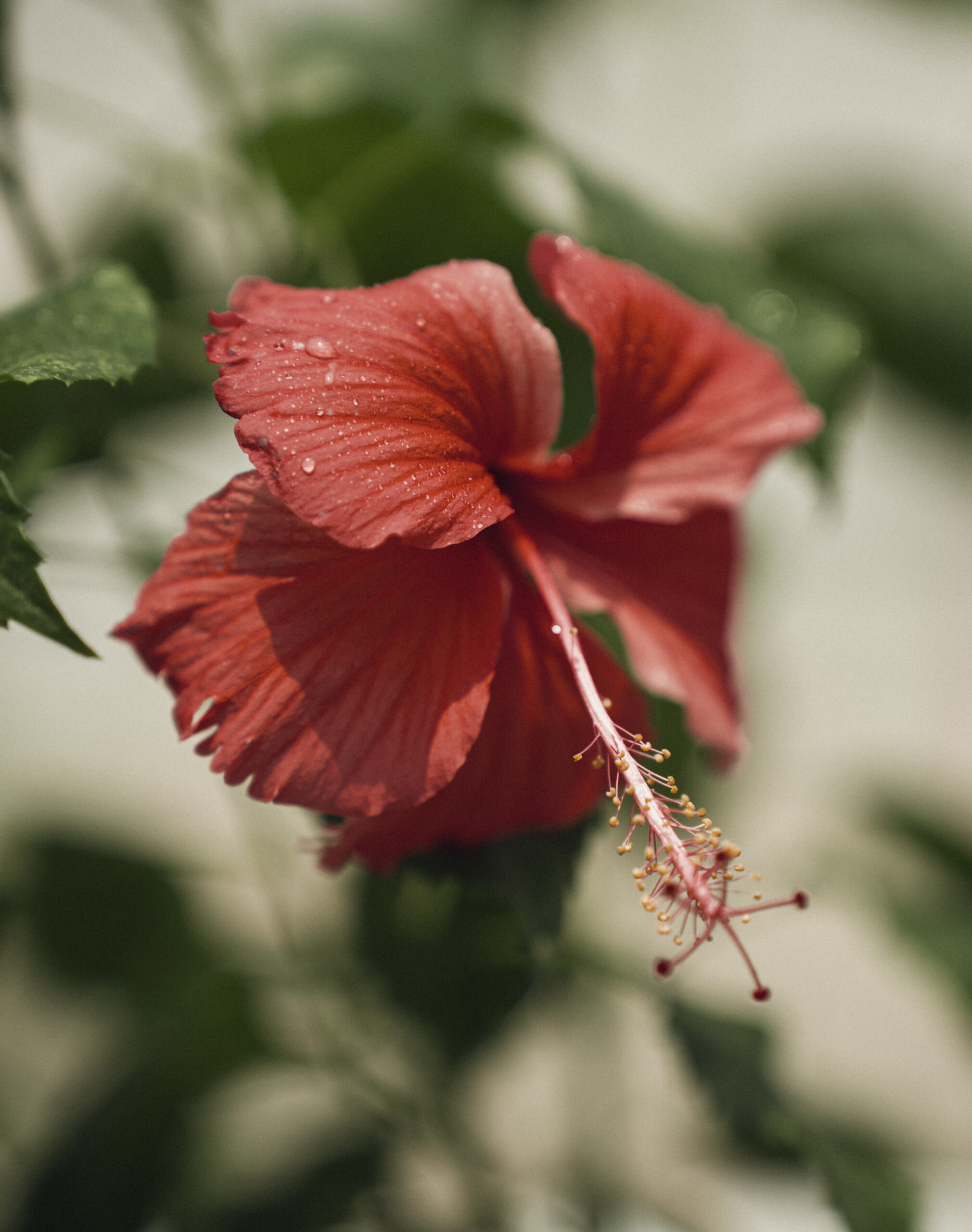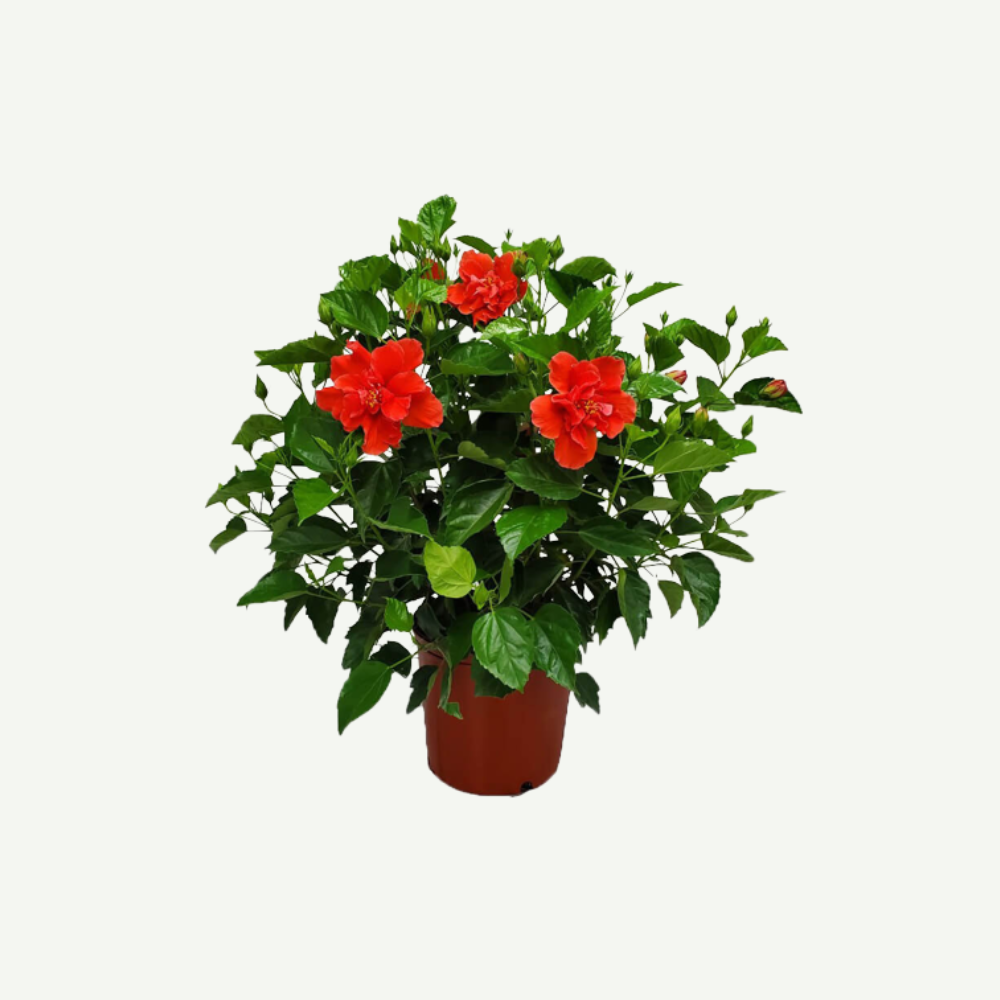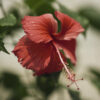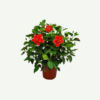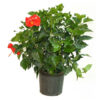Hibiscus is a diverse and popular genus of flowering plants in the family Malvaceae. These plants are known for their striking, colorful flowers that come in various shapes, sizes, and colors. Hibiscus species are native to tropical and subtropical regions around the world and are cultivated in gardens and landscapes for their beauty and ornamental value.
Landscape Use:
Hibiscus plants are commonly grown in gardens, landscapes, and outdoor spaces as ornamental shrubs or small trees.
They are often used as flowering hedges, borders, or planted in groups to create colorful displays.
Hibiscus can also be grown in containers and used on patios or balconies to add a tropical touch.
In addition to their ornamental value, some hibiscus species have culinary uses, and hibiscus tea (made from the dried calyces of the flowers) is popular in many parts of the world. Furthermore, hibiscus flowers are known to attract pollinators like bees, butterflies, and hummingbirds, making them beneficial to garden ecosystems.
Overall, hibiscus plants are cherished for their stunning and diverse flowers, making them a beloved choice for gardeners and landscaping enthusiasts seeking to add color and beauty to their outdoor spaces.
Here’s an overview of hibiscus plants:
Plant Characteristics:
Flowers: Hibiscus flowers are large, showy, and trumpet-shaped, with five or more petals. They can range in size from a few inches to several inches in diameter, depending on the species and cultivar. Hibiscus flowers come in a wide array of colors, including shades of red, pink, orange, yellow, white, and even multi-colored varieties.
Leaves: The leaves of hibiscus plants are typically glossy, green, and have a serrated or lobed edge. The leaves can vary in size and shape depending on the species.
Growth Habit: Hibiscus plants can be shrubs or small trees, depending on the species. Some varieties are evergreen, while others are deciduous and shed their leaves in colder climates or during dry periods.
Cultural Requirements:
Light: Hibiscus plants thrive in full sunlight. They require at least 6 to 8 hours of direct sunlight daily to produce abundant flowers. In hot climates, they may benefit from some afternoon shade to prevent stress from intense heat.
Temperature: Hibiscus prefers warm and tropical climates. While some species can tolerate brief periods of cooler temperatures, most are sensitive to frost and should be protected from freezing conditions.
Watering: Hibiscus plants need regular watering, especially during hot and dry periods. The soil should be kept consistently moist but not waterlogged to prevent root rot.
Soil: Hibiscus prefers well-draining, loamy soil that is rich in organic matter. A slightly acidic to neutral pH is ideal.
Fertilization: Regular fertilization with a balanced, slow-release fertilizer during the growing season (spring and summer) can promote healthy growth and flowering.
